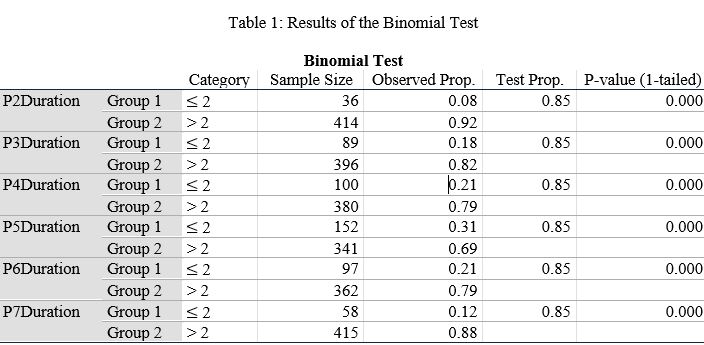
In Level 3 automated vehicles (AVs) the driver may engage in secondary tasks but must re-engage in driving if alerted when roadside circumstances exceed the capacity of the AV technology. The research aim was to establish the Perception-Reaction Time (PRT) of drivers in a Level 3 AV in relation to person-specific characteristics, to scenarios with different in-vehicle distractions and type of alerts. This PRT value was compared to that used in road design in different countries to calculate Stopping Sight Distances (SSD). Such PRT is important because the driver needs a timely alert for safe handover from automated to manual vehicle control. The data was collected through a web-based survey which provided demographic information about the respondent followed by a driving simulation in a Level 3 AV. Driver PRT was taken from the moment of the alert to the moment that participant reacted by clicking an on-screen box. The results gave an average perception-reaction time of 4.23 seconds and showed that the younger age groups have lower PRTs for all scenarios than their older counterparts both for different alerts and secondary tasks. If the existing design standards for SSD are retained, such distances would not be sufficient to allow the driver to resume the driving task in a timely manner. It also resulted that the multisensory alert advantage over the visual alert is effective only until the cognitive capacity of the participant was not exceeded. Such was exceeded when the secondary distraction was reading and typing of a text message.
| ID | pc434 |
| Presentation | |
| Full Text | |
| Tags | driver behaviour, field surveys, statistical modelling, traffic automation |







